The United States has deployed B-52H Stratofortress bombers to Guam as part of a Bomber Task Force (BTF) operation aimed at reinforcing strategic deterrence across the Indo-Pacific.
According to a U.S. Air Force update, multiple aircraft from the 23rd Expeditionary Bomb Squadron, based at Minot Air Force Base, North Dakota, arrived at Andersen Air Force Base on 8 July. The deployment is intended to strengthen American commitments to regional allies, integrate with partner militaries, and enhance flexibility in responding to potential flashpoints, including the South China Sea and Taiwan Strait.
The BTF initiative, launched by Air Force Global Strike Command in 2018, builds on earlier assurance and deterrence missions first developed in 2014. It aims to increase the ability of the U.S. strategic bomber fleet to operate from unfamiliar locations, including forward bases in the Pacific and Europe. Regularly supporting both Pacific Air Forces and U.S. Air Forces in Europe – Air Forces Africa, BTF deployments enable integration with allied air forces and maintain global strike readiness.
At the heart of this mission is the B-52H Stratofortress, an aircraft that has remained in frontline service for over 60 years. The B-52 has remained relevant through successive waves of upgrades. It no longer delivers nuclear gravity bombs, however.
More importantly, it has become a highly capable platform for conventional warfare, carrying precision-guided weapons, stand-off missiles, and anti-ship ordnance.
To support its evolving role, the B-52 fleet has received significant modernisation. The Conventional Enhancement Modification (CEM) programme introduced upgraded weapon pylons, improved navigation and targeting systems, and compatibility with newer weapons such as JDAMs, JASSMs, and Harpoon missiles. Future enhancements include integration of hypersonic AGM-183A missiles and the next-generation Long Range Stand Off (LRSO) cruise missile.
The U.S. Air Force currently operates 76 B-52s and intends to keep them in service well into the 2050s.
The latest deployment underscores Washington’s resolve to maintain freedom of action in the Indo-Pacific. While official statements avoid naming adversaries, the strategic messaging is unmistakable.



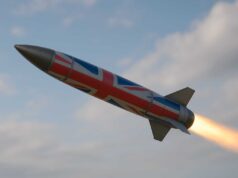
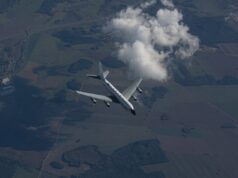
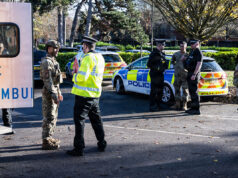

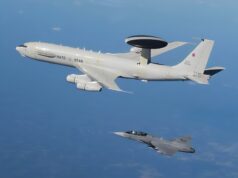
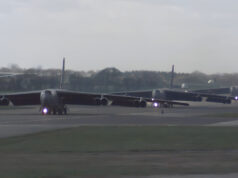
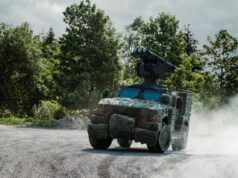
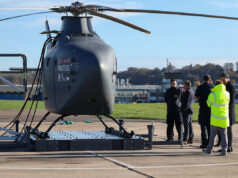
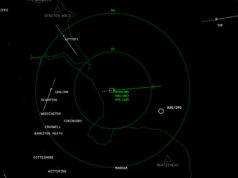
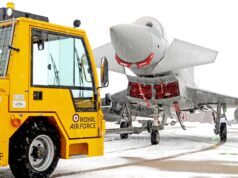

OT- Although the UK and India seem to be handling the diplomatic side of things well, it’s not a good look for the UK military that one of the world’s most advanced fighter jets has been stranded at a civilian airport in a country that isn’t part of the F-35 programme — and for such a long time now.
We’re now on day 28 — another day, another daaler.
#Week5Inbound
In reality, this exercise is an intended demonstration aimed at one individual, Xi Jenping. Probably more notable if BUFFs we’re modified to B-52J configuration/standard. New RR engines, modern radar and most importantly, integration of LRSO weap. Nukes which can glass a significant proportion of the ChiCom homeland probably merit some attention from the PLA/AF/N. Not certain any conventional counter-measures have any significant effect on the calculations/countdown to ChiCom aggression in the SCS at this point. 🤔😳
“…were modified…” 🙄